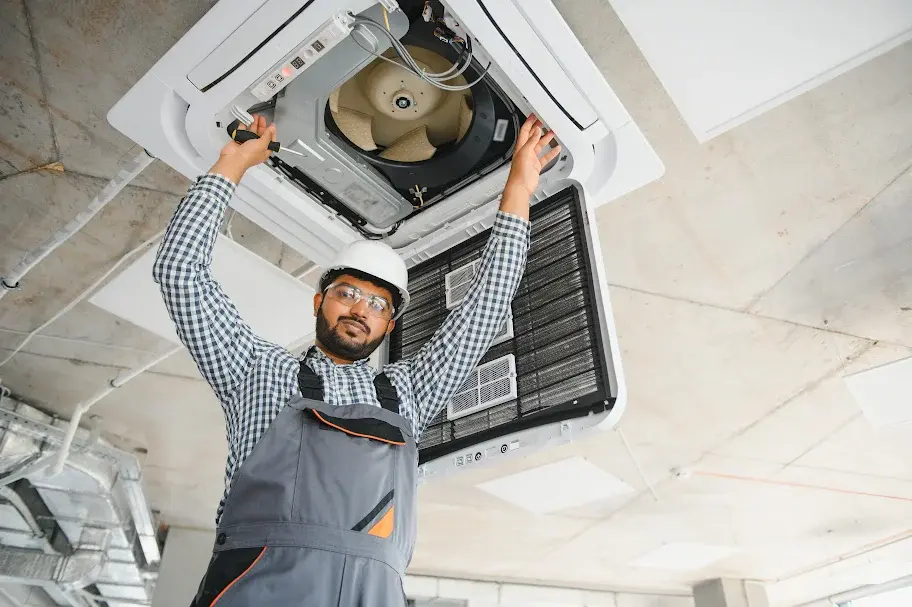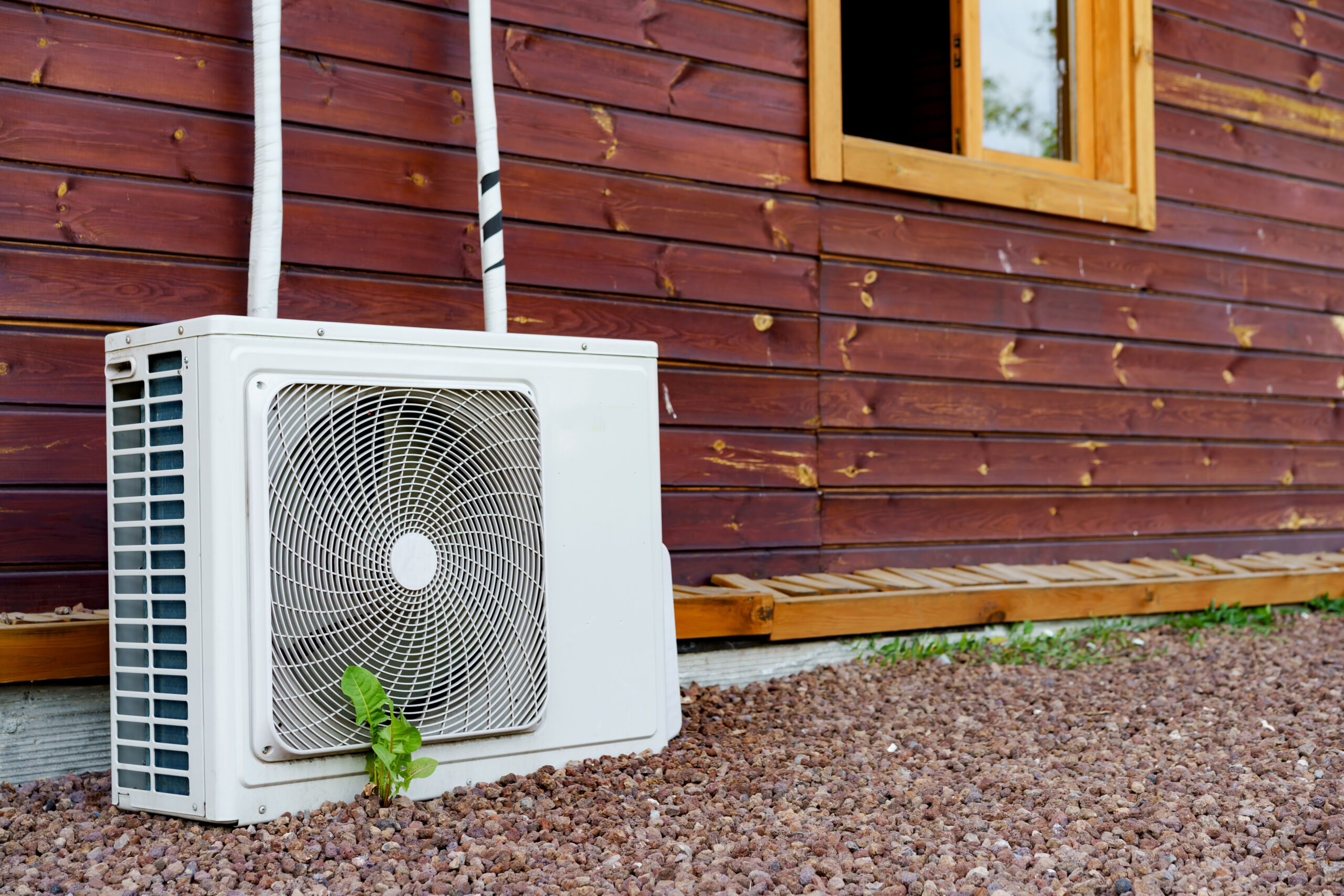Ductless mini-split air conditioners are a modern and efficient alternative to traditional HVAC systems. Because these systems are designed to provide targeted heating and cooling without the need for ductwork, they offer modern homeowners greater flexibility and energy savings. For year-round comfort, mini-splits provide a reliable method of controlling the temperature in one room or several sections of your home.
How It Functions: Inside a Ductless Mini-Split System
Knowing how ductless mini-split systems function gives homeowners an advantage when it comes to efficient comfort. Florida Mechanical A/C Services recommends exploring the basics, as understanding these innovative units can help you make informed decisions about efficient temperature control tailored to your home’s specific needs.
Let’s learn how a mini-split system works without a duct:
- Cooling mode: To keep rooms cool, the system extracts heat from within and forces it outside.
- Heating Mode: Even in cold weather, the heating mode pulls heat from the outside air and transfers it indoors.
You can change the temperature in individual rooms without affecting the entire house because each indoor unit operates independently. Mini-splits avoid the energy loss typical of conventional HVAC systems because they don’t require ducts. They are therefore a more effective choice for heating and cooling your house.
The Different Types of Ductless Mini-Split Systems
Not all ductless mini-split systems operate the same way. The two most popular types are single-zone and multi-zone systems. Each system has a different use, meaning the correct system to select depends on your home’s need for heating and cooling.
Single-Zoning Mini-Split Systems
A single-zone mini-split provides you with an outdoor unit and one indoor unit connected to it. A single-zone mini-split can effectively provide temperature control in one space, such as:
- A home office or bedroom
- A garage or basement
- A sunroom or guest house
A single-zone mini-split system is less expensive and easier to install than a multi-zone system since it only provides service to one space in your home.
Multi-Zone Mini-Split Systems
A multi-zone mini-split connects one outdoor system to multiple indoor units, providing different climate control in different rooms. Multi-zone systems are helpful for:
- Homes without a central HVAC system
- Multi-story or large homes
- Families who prefer different temperature settings for different rooms
Each indoor unit operates independently from each others, allowing the owner to set different temperatures for each room, for example, keeping a bedroom cooler while keeping a warm living room.
From Box to Breeze: Step-By-Step Mini-Split Installation
To ensure comfort and efficiency in your home, you should install a ductless mini-split air conditioner. The right installation will ensure your system performs at its maximum capability and also lasts longer, so that they are worth the investment of modern living.
Here is a step-by-step guide for your mini split install:
- Install the indoor unit: You must attach the mounting plate of your indoor air handler to the wall, drill the hole for the line set, and attach the indoor unit to the plate.
- Install the outdoor unit: Position your outdoor condenser unit on a solid, level surface, covering pads, or wall brackets.
- Connect lines and wires: Run the refrigerant lines, control wiring, and condensate drain line through the wall and connect to both the indoor and outdoor units.
- Test and check for leaks: If you have a do-it-yourself kit, this is the time to follow the instructions on activating the pre-charged refrigerant and checking for leaks. If it is a professional install, this is when you will evacuate your system with a vacuum pump.
- Final touches and sealing: Once you are satisfied that you have the system up and running, you can then seal the wall penetration and the lines with covering channels.
Smart Choices: The Benefits and Challenges of Ductless Systems
Understanding the pros and cons of ductless mini-split systems is essential for homeowners considering this technology. Assessing both benefits and potential drawbacks helps ensure you make an informed, confident choice when upgrading your home’s comfort and energy efficiency.
The table below shows the pros and cons of a ductless mini split system:
| Pros | Cons |
| Exceptional energy efficiency | Higher upfront costs |
| Zoned heating and cooling | Aesthetic concerns |
| Ideal for home additions and conversions | More frequent maintenance |
| Improved indoor air quality and quiet operation | Not ideal for whole-home use in large, open-concept spaces |
Conclusion
A versatile and cost-effective method of heating and cooling your house is with ductless mini-split air conditioners. For targeted comfort and better indoor air quality, they are perfect because of their zoned temperature control, silent operation, and absence of ductwork. Although they may cost more up front, many homeowners find them to be a wise investment due to the convenience and possible long-term savings. When determining whether a mini-split is the right option for you, take your needs and available space into account.
FAQs
Q. How long do mini-split systems last?
Most ductless mini-split systems last 12–20 years with proper maintenance.
Q. How often should maintenance be done?
Clean or replace filters monthly and have a professional service the system annually.
Q. Are ductless mini-split Air Conditioners or other systems noisy?
Mini-split systems are generally very quiet indoors and outdoors, typically quieter than traditional HVAC units.
Q. Are ductless mini-split systems more energy efficient than central HVAC?
Yes. Ductless systems eliminate energy loss from ductwork and offer zoned temperature control, helping reduce energy bills and improve comfort.
Q. Can I install a ductless mini-split myself?
Some pre-charged kits allow DIY setup, but hiring a professional ensures correct installation, refrigerant handling, and long-term system performance.


